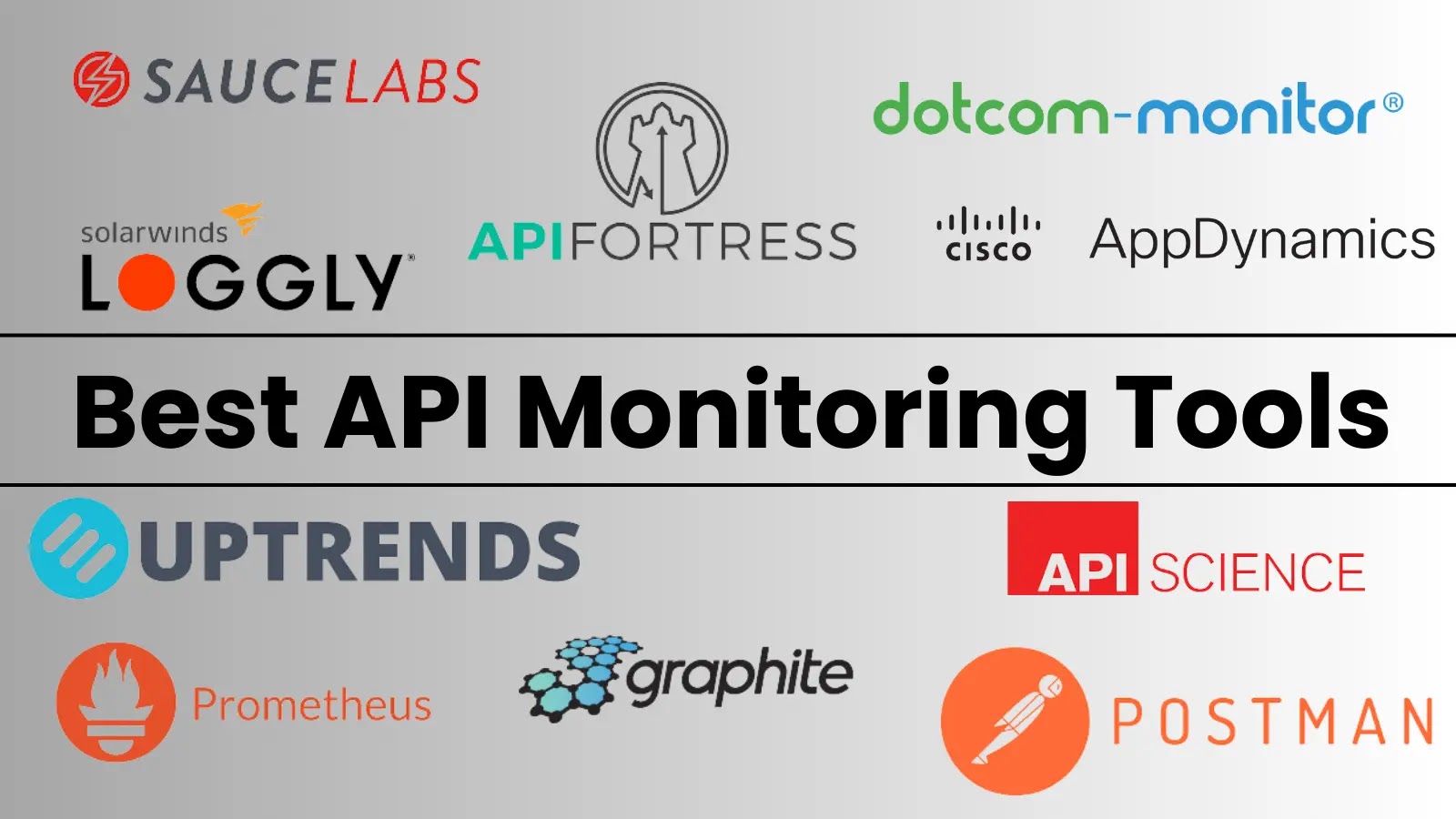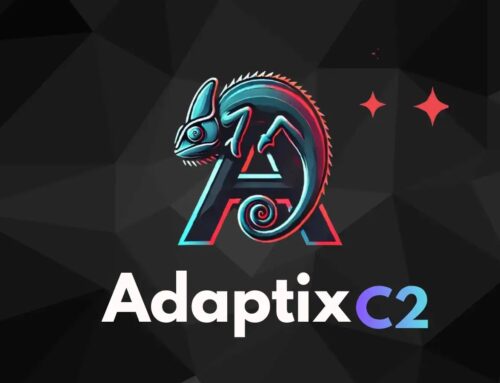
10 Best API Monitoring Tools in 2025
Application Programming Interfaces (APIs) are the foundational glue of modern digital infrastructure, facilitating seamless communication between disparate software systems. From mobile applications interacting with backend services to microservices orchestrating complex business logic, APIs are everywhere. This ubiquity, however, makes their performance, availability, and reliability paramount. A sluggish API can halt business operations, frustrate users, and damage reputation. This is precisely why robust API monitoring tools are not just beneficial, but essential for any organization operating in today’s interconnected landscape.
These specialized tools act as the vigilant guardians of your API ecosystem, continuously tracking and analyzing API requests and responses. They are designed to proactively detect anomalies such as slow response times, erroneous data, or outright downtime, often before they impact end-users. By providing real-time insights, customizable alerts, and granular analytics, API monitoring solutions empower developers and IT operations teams to quickly identify and address underlying issues, ensuring the smooth and reliable functioning of critical business applications. For 2025, the demand for sophisticated, intelligent API monitoring solutions will only intensify as API complexity and attack surfaces grow.
Understanding API Monitoring
At its core, API monitoring involves the systematic observation and measurement of an API’s operational status and performance metrics. This can range from simple uptime checks to complex multi-step transaction monitoring. The goal is to establish a baseline for normal behavior and deviations from this baseline, triggering alerts. Key aspects monitored include:
- Availability: Is the API accessible and responding to requests?
- Performance: How quickly does the API respond to requests? This includes latency, throughput, and error rates.
- Correctness: Are the API responses accurate and conform to expected data structures?
- Security: Are there any unauthorized access attempts, data breaches, or malformed requests indicative of potential attacks?
Effective API monitoring provides visibility into the entire API lifecycle, from development and testing to production deployment, offering a holistic view of an API’s health and helping to preemptively mitigate potential issues. For instance, an unexpected surge in 5xx errors for a specific endpoint could indicate an underlying server issue or a recent code deployment bug, allowing teams to react swiftly.
Why API Monitoring Is Crucial for 2025
As the digital landscape evolves, so do the challenges and complexities associated with APIs. Several factors underscore the growing importance of advanced API monitoring:
- Microservices Architecture: The widespread adoption of microservices means applications are composed of dozens, or even hundreds, of interconnected APIs. A single point of failure in one API can cascade and affect the entire application.
- Increased API Exposure: APIs are increasingly exposed externally for partners, customers, and third-party developers, expanding the potential attack surface. Proactive monitoring helps identify unusual access patterns or potential exploitation attempts, like those related to CVE-2023-38831 (HTTP/2 Rapid Reset Attack).
- Performance Expectations: Users expect instantaneity. Slow APIs lead to poor user experience, abandonment, and direct financial losses for e-commerce and other critical online services.
- Regulatory Compliance: Many industries have strict compliance requirements regarding data handling and system availability. Monitoring provides the necessary audit trails and assurances.
- DevOps and SRE Adoption: DevOps and Site Reliability Engineering (SRE) principles emphasize continuous monitoring and feedback loops. API monitoring tools are integral to these practices, enabling rapid iteration and incident response.
10 Best API Monitoring Tools in 2025
Selecting the right API monitoring tool depends on an organization’s specific needs, existing infrastructure, scale, and budget. Here are 10 leading contenders that are set to define API monitoring in 2025, offering a blend of robust features, scalability, and integration capabilities:
1. Postman
While primarily known as an API development and testing platform, Postman offers powerful monitoring capabilities. Its monitors allow users to run collections at scheduled intervals, asserting various aspects of API responses. This makes it an excellent choice for teams already using Postman for development and looking for integrated monitoring.
- Key Features: Collection-based monitoring, global regions for latency testing, alerts via email/Slack, detailed historical run data.
- Ideal For: Development teams, small to medium businesses requiring integrated dev-to-monitor workflows.
2. Grafana with Prometheus/Loki
For organizations preferring open-source solutions and deep customization, combining Grafana (for visualization) with Prometheus (for metrics) and Loki (for logs) provides a highly extensible API monitoring stack. This requires more setup, but offers unparalleled flexibility.
- Key Features: Highly customizable dashboards, powerful querying languages (PromQL, LogQL), extensive integration eco-system, community support.
- Ideal For: Large enterprises, DevOps teams, and highly technical environments with specific monitoring needs and the resources for self-hosting.
3. Datadog
Datadog is a comprehensive monitoring and analytics platform that excels in providing end-to-end visibility across applications, infrastructure, and APIs. Its APM (Application Performance Monitoring) and Synthetic Monitoring capabilities are particularly strong for API health checks.
- Key Features: End-to-end tracing, synthetic API tests (uptime, multi-step transactions), real user monitoring (RUM), powerful alerting, AI-driven anomaly detection.
- Ideal For: Enterprises with complex microservices architectures, those requiring unified observability across their entire stack.
4. New Relic
New Relic offers a robust APM solution that extends naturally to API monitoring. Its agent-based and synthetic monitoring approaches provide deep insights into API performance, error rates, and dependencies. New Relic One brings all data into a single, unified platform.
- Key Features: Distributed tracing, synthetic transaction monitoring, error analytics, service maps, AI-powered incident intelligence.
- Ideal For: Organizations prioritizing deep code-level insights and full-stack observability.
5. Dynatrace
Dynatrace is an AI-powered software intelligence platform designed for cloud-native environments. Its automated and intelligent monitoring covers applications, infrastructure, and user experiences, providing highly granular API performance data with minimal configuration.
- Key Features: Automatic discovery of APIs, precise error detection, root cause analysis, real user monitoring, AI-powered problem detection (Davis AI).
- Ideal For: Large enterprises with complex, dynamic cloud-native environments demanding automated and intelligent monitoring.
6. LogicMonitor
LogicMonitor is a SaaS-based infrastructure monitoring platform that effortlessly handles API monitoring. It provides comprehensive visibility into a wide range of technologies, including robust API monitoring capabilities through synthetic checks and custom scripts.
- Key Features: Synthetic API monitoring (GET/POST/PUT), custom alert thresholds, historical data trending, integration with ITSM tools, broad technology coverage.
- Ideal For: Hybrid cloud environments, IT operations teams needing unified infrastructure and API monitoring.
7. Uptime.com
Uptime.com specializes in website and API monitoring, offering simple yet effective tools for ensuring external availability and performance. It’s user-friendly and provides essential checks without overwhelming complexity.
- Key Features: HTTP(S) checks, transaction checks, API checks (request/response validation), various alert types (SMS, email, webhooks), global locations.
- Ideal For: Small to medium businesses, and teams primarily focused on external API availability and simple performance checks.
8. SmartBear AlertSite
AlertSite, part of SmartBear’s suite of API tools (alongside SoapUI and ReadyAPI), focuses on synthetic API monitoring from global locations. It provides deep transaction-level insights for critical business APIs.
- Key Features: Multi-step API transaction monitoring, real browser monitoring, detailed performance metrics, root cause analysis, integrations with SmartBear ecosystem.
- Ideal For: Enterprises with critical external APIs, and those already invested in SmartBear’s API testing suite.
9. Pingdom (by SolarWinds)
Pingdom is a well-known name in website and application performance monitoring, offering robust API monitoring features. It focuses on synthetic monitoring from various global locations to ensure external API availability and responsiveness.
- Key Features: Uptime monitoring, transaction monitoring, page speed insights, global network of test locations, various alert channels.
- Ideal For: Businesses of all sizes needing straightforward and reliable external API performance and uptime monitoring.
10. Assertible
Assertible focuses on API quality and reliability through continuous testing and monitoring. It allows users to create powerful assertions for API responses, ensuring data integrity and correctness over time.
- Key Features: Automated API tests, powerful assertion syntax, scheduled monitoring, integration with CI/CD pipelines, visual test debugging.
- Ideal For: Development and QA teams focused on continuous API quality assurance and regression testing.
Remediation Actions and Best Practices
While monitoring tools alert you to problems, effective remediation requires action. Here are key best practices for API health:
- Implement Comprehensive Logging: Ensure your APIs log relevant information (request/response payloads, unique identifiers like CVE-2023-38545 for HTTP proxy issues, timing, errors) to aid in debugging when alerts trigger. Centralize logs for easier analysis.
- Define Clear SLAs and SLOs: Establish Service Level Agreements (SLAs) with customers and Service Level Objectives (SLOs) internally for API performance and availability. Monitor against these targets.
- Automate Alerting and Escalation: Configure alerts to notify the right teams via appropriate channels (Slack, PagerDuty, email) based on the severity and nature of the issue. Implement escalation policies.
- Regularly Review Metrics and Trends: Don’t just react to alerts. Proactively analyze historical data to identify trends, performance degradation, and potential bottlenecks before they become critical failures.
- Conduct Regular Security Audits: Beyond performance, APIs are a common target for attacks like those outlined in CVE-2023-34036 (Spring Framework Vulnerability). Integrate security scanning and threat modeling into your API lifecycle.
- Implement Rate Limiting and Throttling: Protect your APIs from abuse, DDoS attacks, and accidental overload by implementing appropriate rate limits for different endpoints and user types.
- Adopt API Gateways: API gateways can centralize API management, security, monitoring, and routing, providing a single point of control and visibility.
- Practice Chaos Engineering: Deliberately introduce failures into your API ecosystem to test the resilience of your monitoring and recovery mechanisms.
Conclusion
The operational health of APIs directly correlates with the success of modern digital businesses. As API ecosystems become more intricate and critical, the necessity for sophisticated monitoring tools escalates. The tools highlighted for 2025 demonstrate a clear trend towards more intelligent, comprehensive, and integrated solutions that provide deep visibility into API performance, availability, and security. Investing in the right API monitoring strategy is not merely a technical necessity; it’s a strategic imperative that ensures business continuity, optimizes user experience, and fortifies your digital foundations against an evolving threat landscape. The future of robust application delivery hinges on meticulous API oversight.





